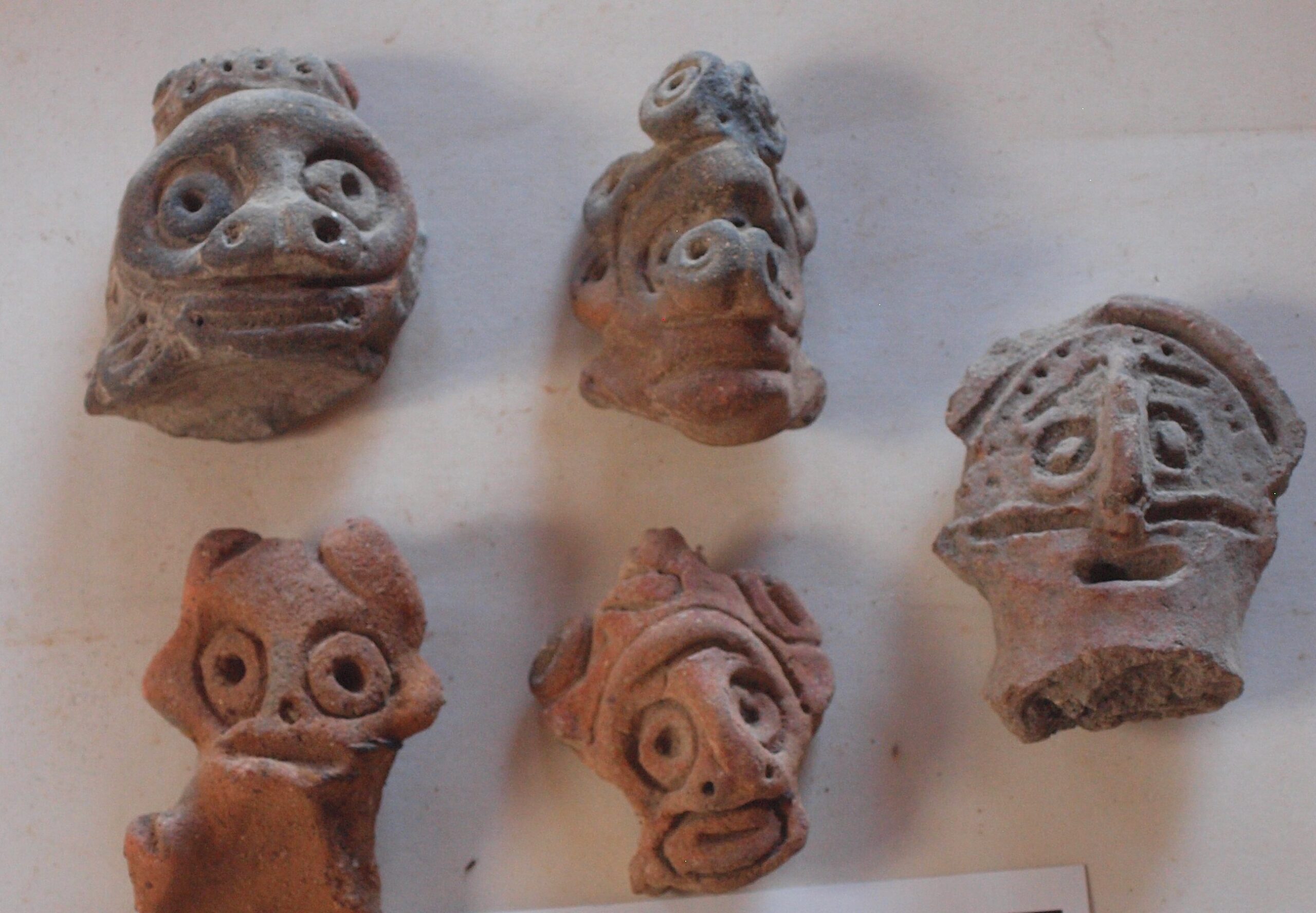Although the St. Croix Archeological Society is shuttered and the membership has dwindled, those still engaged want to achieve the primary goal of housing and retrieving St. Croix artifacts, now secured in other facilities, such as the Smithsonian Institution.
“Unfortunately, we’ve had to stop in person because of COVID and members have moved,” said John Farchette, president of the Society and certified interpretive guide for the V.I. Department of Planning and Natural Resources. “But I still want to do it virtually. We have a lot of journals, reports and artifacts.”
According to Farchette, the museum on Company Street in Christiansted was closed before the 2017 hurricanes because of mold and the artifacts were removed and transferred to other museums.

The St. Croix Archeological Society was founded in 2001 by David Hayes, Gary Bourdon and Farchette and claimed around 100 members at one time.
Only a few members remain, but Farchette said the goal to retrieve and find a permanent home for the 60 or so pre-Columbian artifacts and others owned by St. Croix and the Society. Currently, artifacts are stored in several museums, including ” a whole bunch” at the Smithsonian and petroglyphs from St. Croix at the Museum of Copenhagen.
Pre-ceramic or pre-Columbian artifacts are 5,000 years old – from 2500 to 3400 B.C. Farchette said some of the first found on St. Croix were shell and conch tools used by hunters/gathers. Eventually, artifacts were found at two or three other sites on the south show near Mannings Bay.
“That timeline, that history shows that we are in comparison to the pyramids of Giza -33,000 years before Christ,” he said. “That puts us on the map in pre-historical timelines.”
To be certain of the period, the artifacts were carbon-dated twice, Farchette said. He believes there are more artifacts but may have washed into the sea or been hidden by the shoreline.
The interpretive guide has studied a lot about the pre-history of the Virgin Islands. Having read the “Chronicles of Christopher Columbus,” written by Bartolome de Las Casas and Dr. Chaka, Queen Isabella and King Ferdinand’s personal physician, Farchette added some details for the Source about the 1493 expedition that landed on St. Croix.
During that voyage, Columbus encountered the pre-Columbian Kalinagos or Caribs. During a skirmish at Salt River, Columbus’s crew of 25 battled three canoes filled with indigenous people. One canoe was led by a woman, he said, who started the barrage of arrows aimed at the Spaniards. That is why the east side of Salt River is called Cabo de las Flechas – Cape of the Arrows. During the battle, one Spaniard with only a wooden shield was scratched by an arrow that pierced the shield. The sailor died three days later. The supposition is, Farchette said, that the arrow tip was coated with manchineel sap – a poisonous tree that grows along Caribbean shorelines and mangroves.

The Society’s future is uncertain, but with many documents and artifacts scattered around the world, the only solution seems to be a new museum. Farchette said he doesn’t really know about the future of a brick-and-mortar Archeological Society but there will be an online presence, at least.
“We agree they (the artifacts) should be repatriated, but only the government can do it,” he said. We hope through our efforts that the government develops a repository to put them on display to show that these are artifacts from St. Croix.”
The Smithsonian and the Copenhagen often repatriate artifacts if there is a secure place, with temperature and humidity control, to house them.





